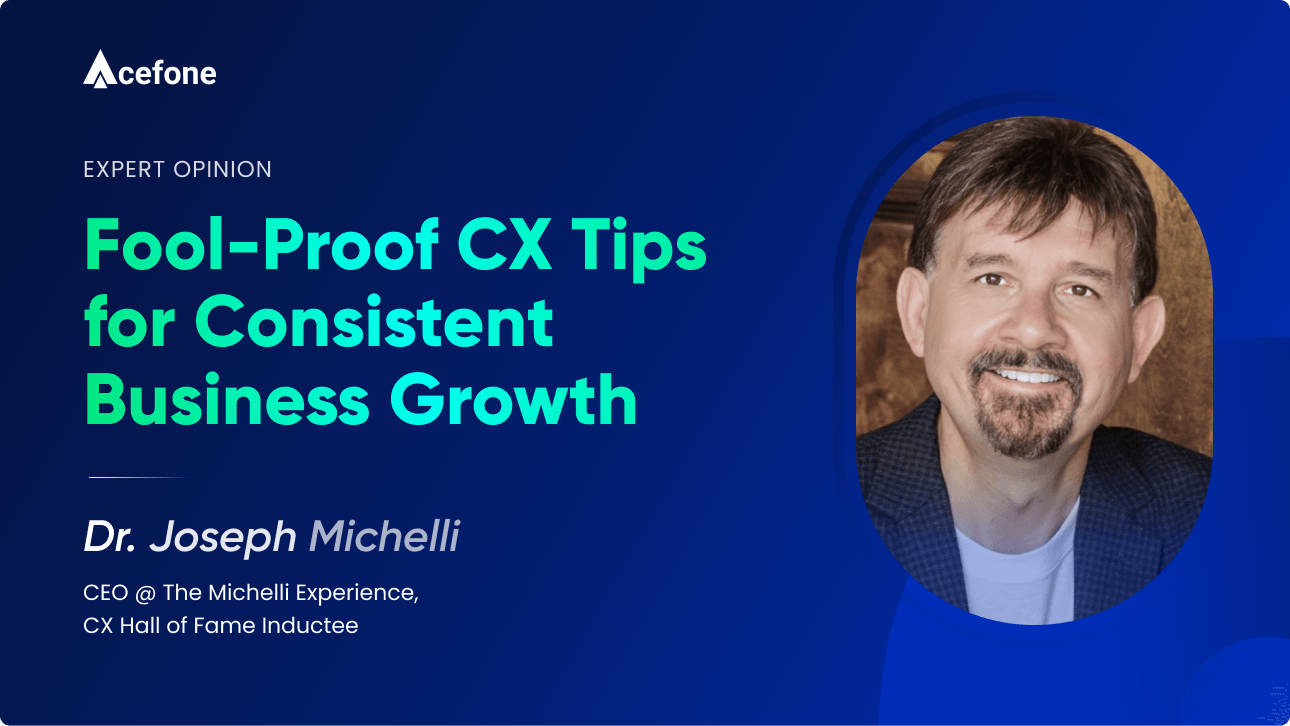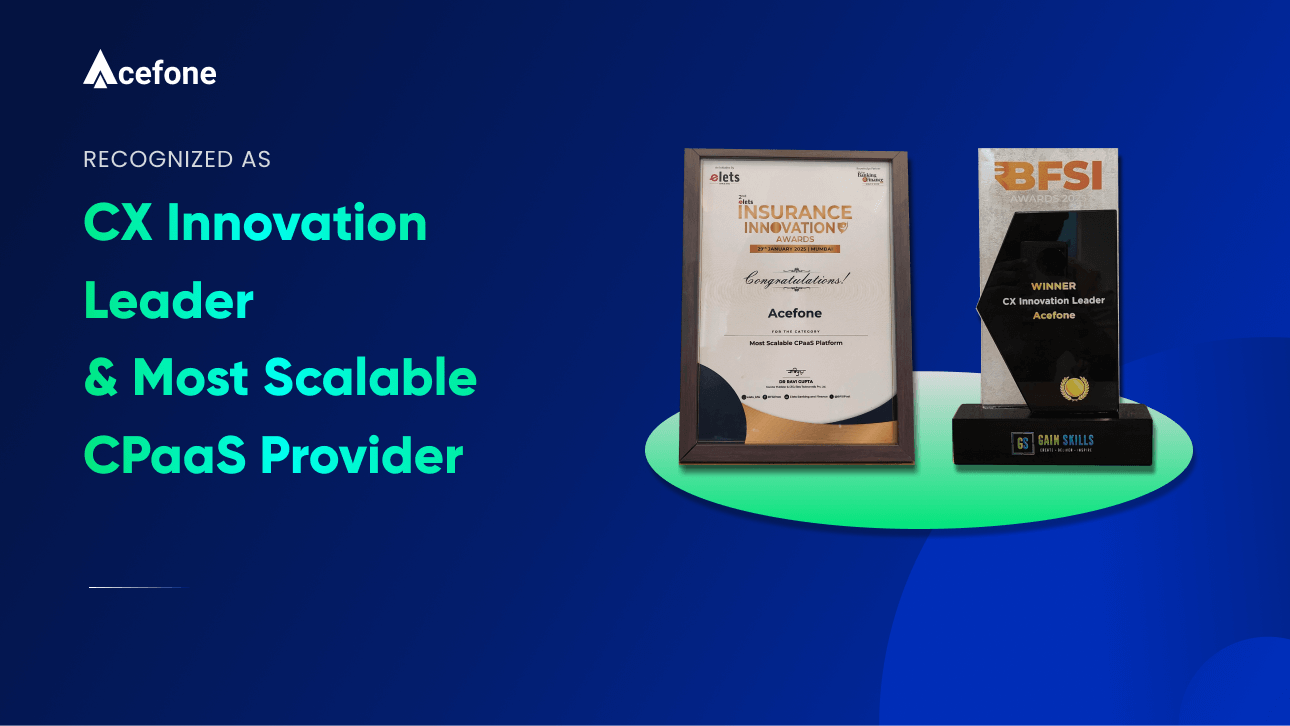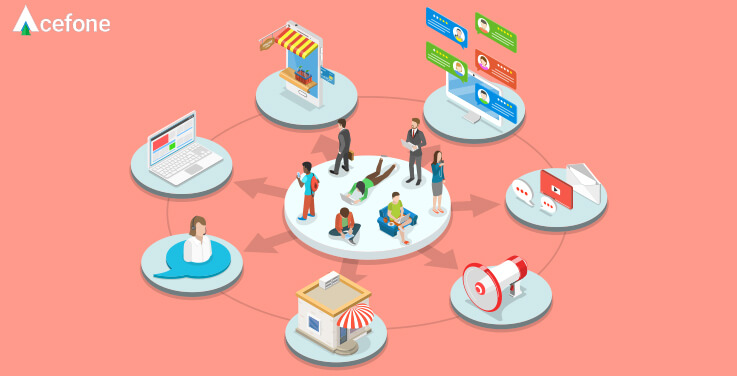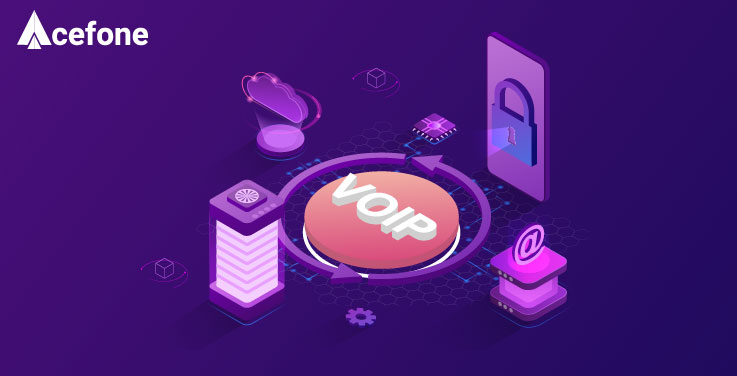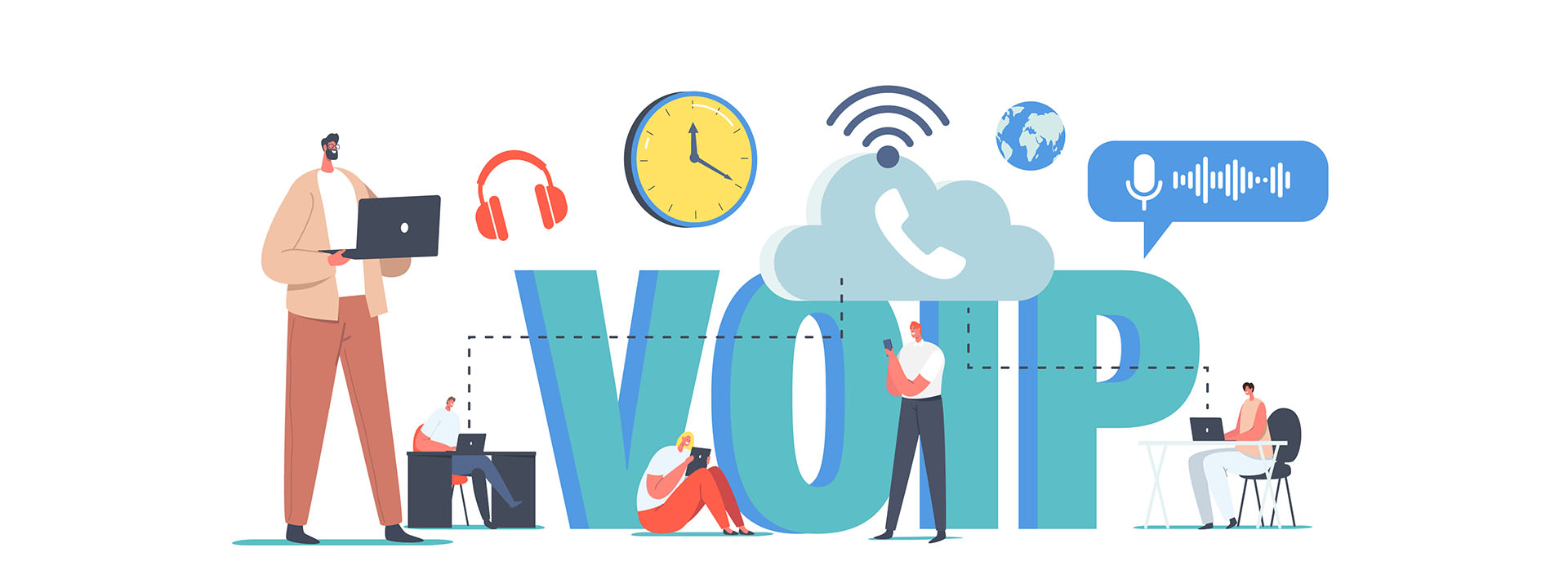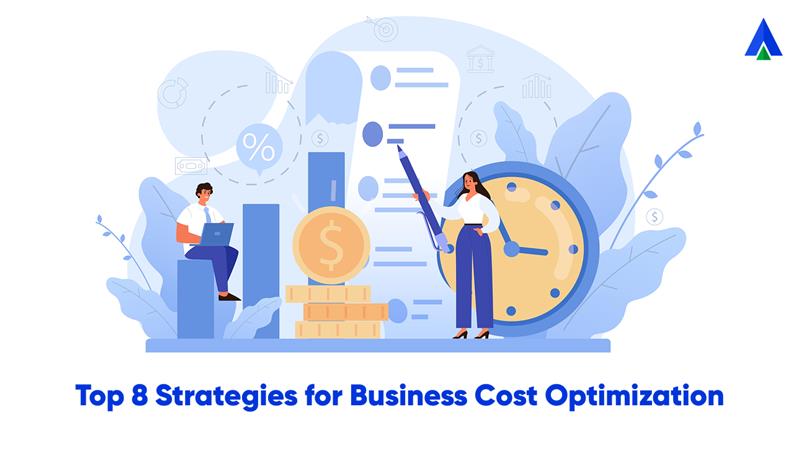Customer satisfaction is the key to running a profitable business.
Any successful business owner will tell you the same, however, maintaining high service standards is easier said than done.
Dr. Joseph Michelli, a CX expert with decades of experience, sheds light on methods companies can use to boost customer experience. He comes with experience from industry giants like HP, Fiat, Starbucks, Volkswagen, and many others who always place their customers before their business. Here’s what Dr. Michelli has to share.
Basic principles you must follow to connect better with customers.
Superlative customer experience starts with a genuine interest in service and requires servant leadership from the top of an organization. Customer service as a concept must reflect your mission, vision, values, and woven into every brand touchpoint.
How customer insights help strengthen relationships and business communications?
The more you listen, empathize, and design around personas that reflect your core customer segments, the more success you will enjoy. The days of a one-size-fits-all experience are over. Similarly, you can’t be everything to everyone—design around 3 or 4 customer segments.
Listening and empathic design is a never-ending cycle. What you learn about and develop for customers today can be irrelevant by next week depending upon the speed of change for a customer cohort.
Share some ways that startups can adopt to ‘wow’ their customers.
Start by understanding what your key customer segments want, need, and desire. Focus on delivering solutions that consistently meet those expectations and fulfill their satisfaction. From there onwards, work consistently on over-delivering expectations at moments when they need you the most.
What are the best practices to follow for filtering out non-value customers for efficiency?
Ask your customers, observe them, and design value-based models on what you hear and observe. Also, iteratively improve your people, processes, and technologies using agile methodologies. Always listen, test, and enhance your offerings.
Give some tips about how businesses can identify the point of most vulnerability to losing customer’s trust.
Not all customer touchpoints are created equal. Behavioral economists have researched the most memorable moments in a typical customer journey. High-value moments include arrivals, transitions, pains/peaks, and endings. You should triage your resources to engage customers operationally and emotionally at these critical moments along their journey with your brand.
Ever encountered situations where employee experience impacts customer experience?
There is ample research to show a high correlation between employee and customer experience.
An example from my work with The Ritz-Carlton Hotel Company shows how small improvements in team member experience (as measured by the Gallup Q-12 Employee Engagement Survey) reflect similar improvements in customer engagement (as measured by the Gallup CE-11).
A good rule of thumb is, “it must live inside the walls of an organisation, if it is going to be experienced outside the walls.”
Can you share how you dealt with demanding challenges that you faced during the pandemic?
I pivoted during COVID-19 to virtual consulting and engaged clients with in-depth and personal conversations that focused on their fears, challenges, and needs.
One of the byproducts of those shifts was a McGraw-Hill-published book Stronger Through Adversity: World-Class Leaders Share Pandemic – Tested Lessons on Thriving During the Toughest Challenges.
It features insights and tips on coping with acute and sustained challenges—as shared by me and over 140 other CEOs, Presidents and senior leaders of companies like Microsoft, Google, and Marriott.
Any insights that can help business managers utilize loyalty for more conversions?
Whether you are converting leads to sales or seeking to turn an existing customer into a repeated buyer, the formula is the same—get it right as often as you can. ‘Make it right’ when a breakdown occurs, reduce the effort of your prospect or customer, and slightly exceed expectations with a personal touch.
Would you like to share some customer experience lessons you learned while writing?
I am blessed to have written ten business books about brands like Starbucks, Mercedes-Benz, The Ritz-Carlton Hotel Company, Airbnb, and Zappos. Despite the differences between these brands and their leaders, I’ve come to believe that all business is personal, lasting success requires a constant desire to serve others, and your impact depends on envisioning a legacy and making choices to make that legacy a reality.
The Wind Up
Your customer’s input holds valuable information. These inputs give your business direction towards a more secure and sustainable future. A dialer can be a handy tool as it helps you connect more intimately with your customers.
Acefone’s dialler has a smart AI that saves your agents’ time spent on manually calling numbers. It filters out unanswered calls, spam, and busy numbers and connects only when there’s a human on the other side.
If the call goes unanswered, it moves to the next number in the list, and dials them. This way, your agents focus on making meaningful interactions with the customers. You can learn more about Acefone’s auto dialer.
You can also write to us at [email protected] or call us at 0800-084-3663.
About Author
Dr. Joseph Michelli is not just a CCXP (Certified Customer Experience Professional), he is also a #1 Bestselling Author for the Wall Street Journal, USA Today, and New York Times. Some of his bestselling books include– ‘The Starbucks Experience’, ‘Prescription for Excellence’ and his most recent one being– ‘Stronger through adversity’.
He is an astounding speaker on leadership and is considered a role model by many. Apart from how amazing he is in his professional life, Dr. Michelli is also committed to social causes associated with curing cancer and abating world hunger.
